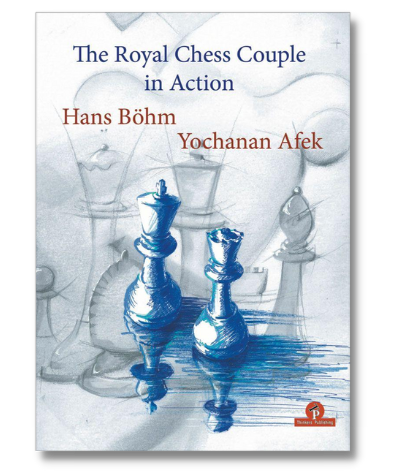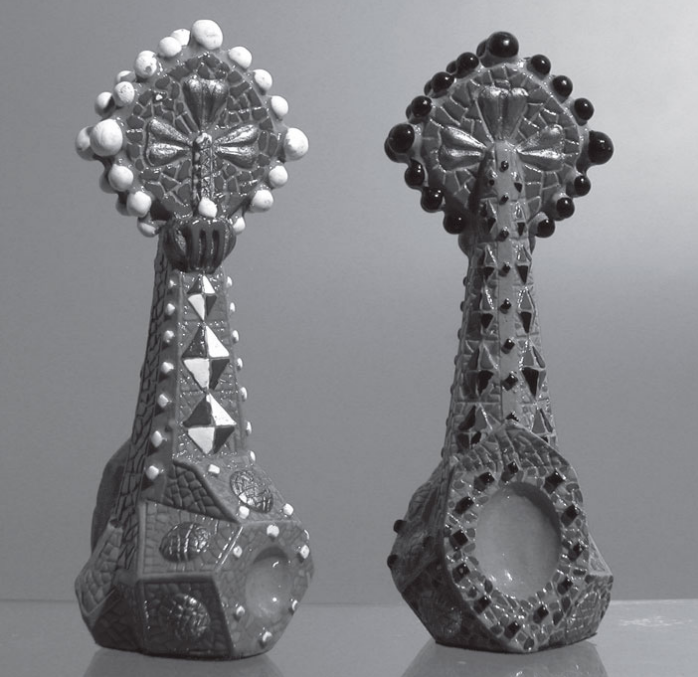Book Review of The Royal Chess Couple in Action
“No one will pretend that solving [composed] problems is going to help over-the-board play, but there is more to chess than going up (or down) a few rating points each year.”
– GM John Nunn, in his book Solving in Style, Gambit Publications, 2016.
In the above quote, Nunn was making the case for reading chess books mainly for pleasure. The same case could be made for the book The Royal Chess Couple in Action.

The book concentrates on tactics involving the two most important pieces in chess, namely the king and queen. It starts with an interesting historical review of how the two pieces developed from the ancient precursors of chess. This section includes some fascinating photos of the two pieces throughout history, and further photos of them are also included throughout the book.

However, the major part of the book consists of 480 exercises for the reader to solve. Half of the positions are from tournament games, while the remainder are composed positions. This section of the book is divided into two parts, with one part focussing on positions where the king is the most significant piece, and the other part on positions where the queen takes center stage. The positions are further subdivided into major themes, such as the opposition and stalemate, to help the reader to solve the positions. It’s also worth noting that the authors have included some of their own compositions in both parts.
The solutions to the exercises are clear and concise, and the authors thankfully don’t go overboard with lengthy analyses. The author’s enthusiasm shines through the book, leading to a pleasant and breezy read. The book is so pleasant to read that you can easily forget that you are actually learning something!
Three examples from the book are given below, with annotations from the book.
The Royal Chess Couple in Action: Example 1
The Royal Chess Couple in Action: Example 2
The Royal Chess Couple in Action: Example 3
In summary, it’s fitting to go back to Nunn’s quote above. This book can be read purely for enjoyment or for study. Nunn favors studying composed positions mainly for enjoyment, and the tournament exercises in the book can also be used in this way. However, carefully studying all the positions must inevitably improve your chess understanding and lead to better practical results. So, for this book, you can have your cake and eat it, too!
Have any thoughts or questions? Let us know in the comments below!
- New Release: Chess Analysis – Reloaded - March 9, 2024
- Review: The Art of The Endgame – Revised Edition - February 14, 2024
- Review: Study Chess with Matthew Sadler - December 13, 2023
